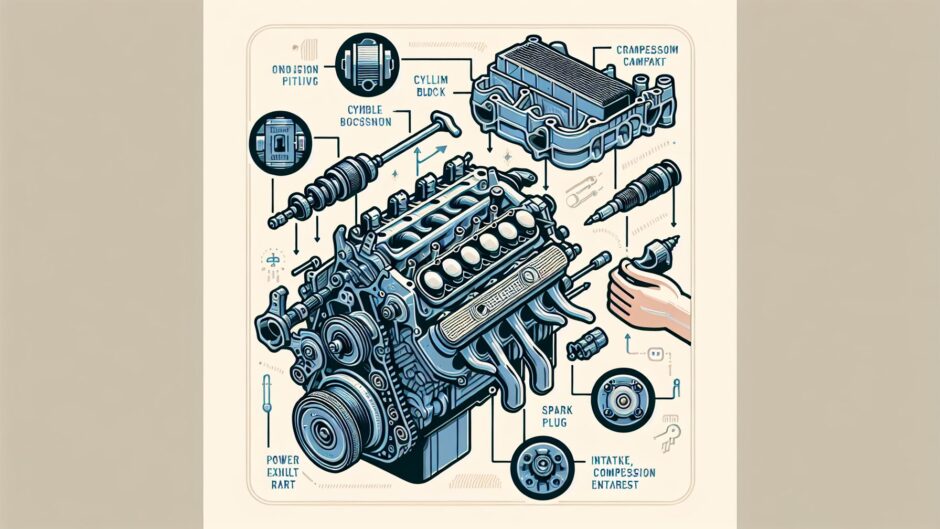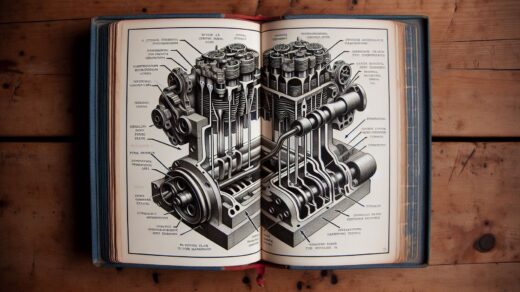If you’re a car owner, you may not give much thought to how your car’s engine actually works. You just turn the key, hit the gas, and off you go. But have you ever stopped to think about the intricate system that powers your vehicle? Understanding how car engines work can help you appreciate the marvel of engineering under your hood.
Introduction to Car Engines
At the heart of every car is its engine, the powerhouse that converts fuel into mechanical energy. Most cars today run on internal combustion engines, which work by burning fuel inside cylinders to create controlled explosions that drive the car forward. The basic principle is simple, but the execution is complex and requires precision engineering.
Components of a Car Engine
A typical car engine consists of several key components, including the cylinder block, pistons, crankshaft, camshaft, valves, and spark plugs. The cylinder block houses the cylinders where fuel is burned, while the pistons move up and down within the cylinders to create the power needed to turn the wheels. The crankshaft converts the linear motion of the pistons into rotational motion, which is transmitted to the wheels via the transmission.
The camshaft controls the opening and closing of the valves that allow air and fuel into the cylinders and exhaust gases out. The spark plugs ignite the fuel-air mixture in the cylinders, triggering the combustion process that drives the engine. All of these components must work together in perfect synchronization to keep your car running smoothly.
The Four-Stroke Cycle
To understand how car engines work, it’s helpful to know about the four-stroke cycle that powers them. The four strokes include intake, compression, power, and exhaust. During the intake stroke, the piston moves down, drawing in a mixture of fuel and air. In the compression stroke, the piston moves back up, compressing the fuel-air mixture. The power stroke is when the spark plug ignites the mixture, causing an explosion that drives the piston down. Finally, the exhaust stroke sees the piston push out the remaining exhaust gases.
Conclusion
As a car owner, knowing how your car’s engine works can help you better maintain and care for your vehicle. Regular maintenance, such as oil changes and spark plug replacements, can keep your engine running smoothly and prevent costly repairs down the road. Understanding the fundamentals of car engines can also empower you to make informed decisions about upgrades and modifications, such as adding performance car accessories or changing to more efficient fuel options.
So next time you start up your car, take a moment to appreciate the marvel of engineering that is your car’s engine. It may be a complex system, but it’s the reason you can hit the open road and experience the thrill of driving. Happy motoring!
Don’t forget to check out some cool car accessories to enhance your driving experience.



